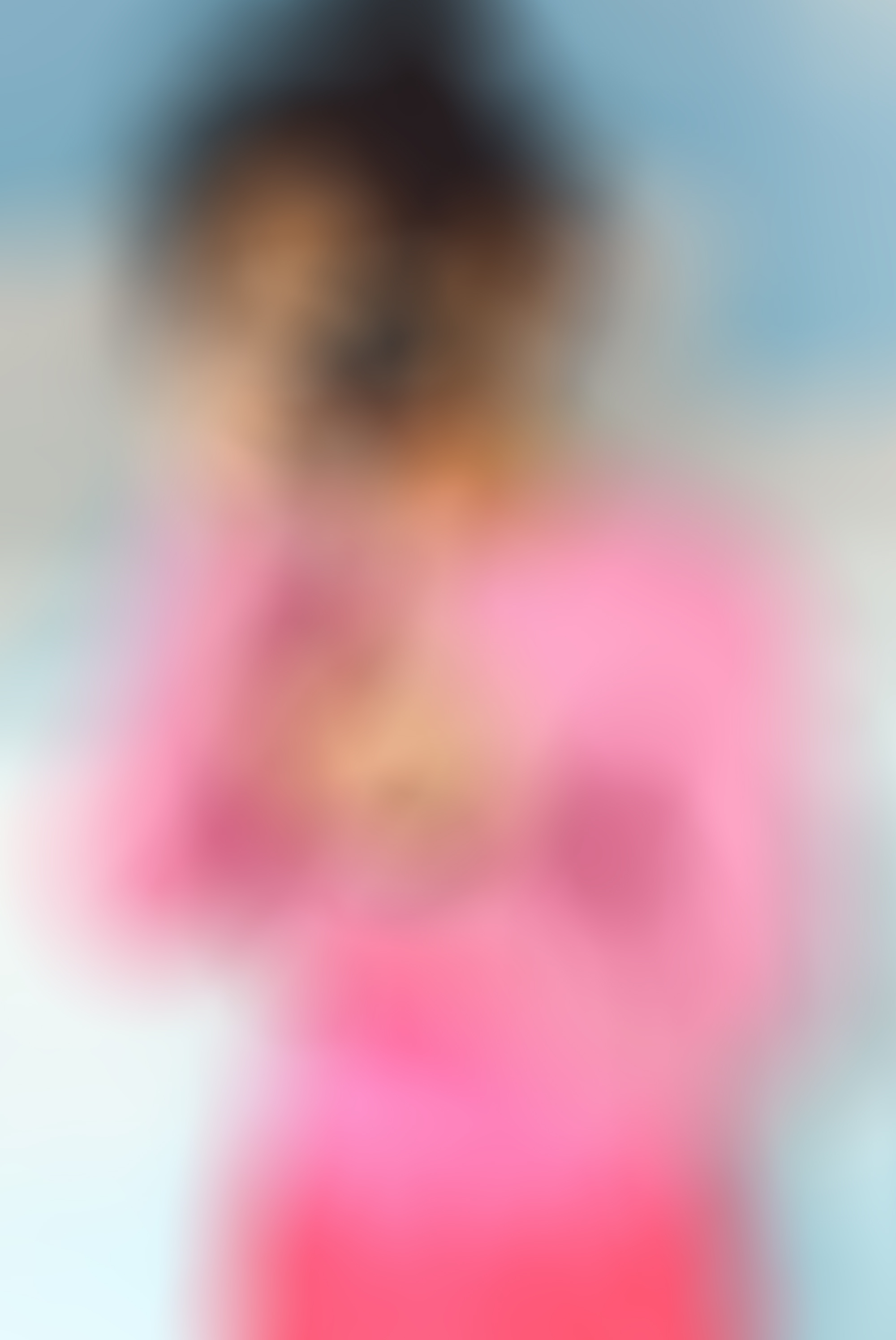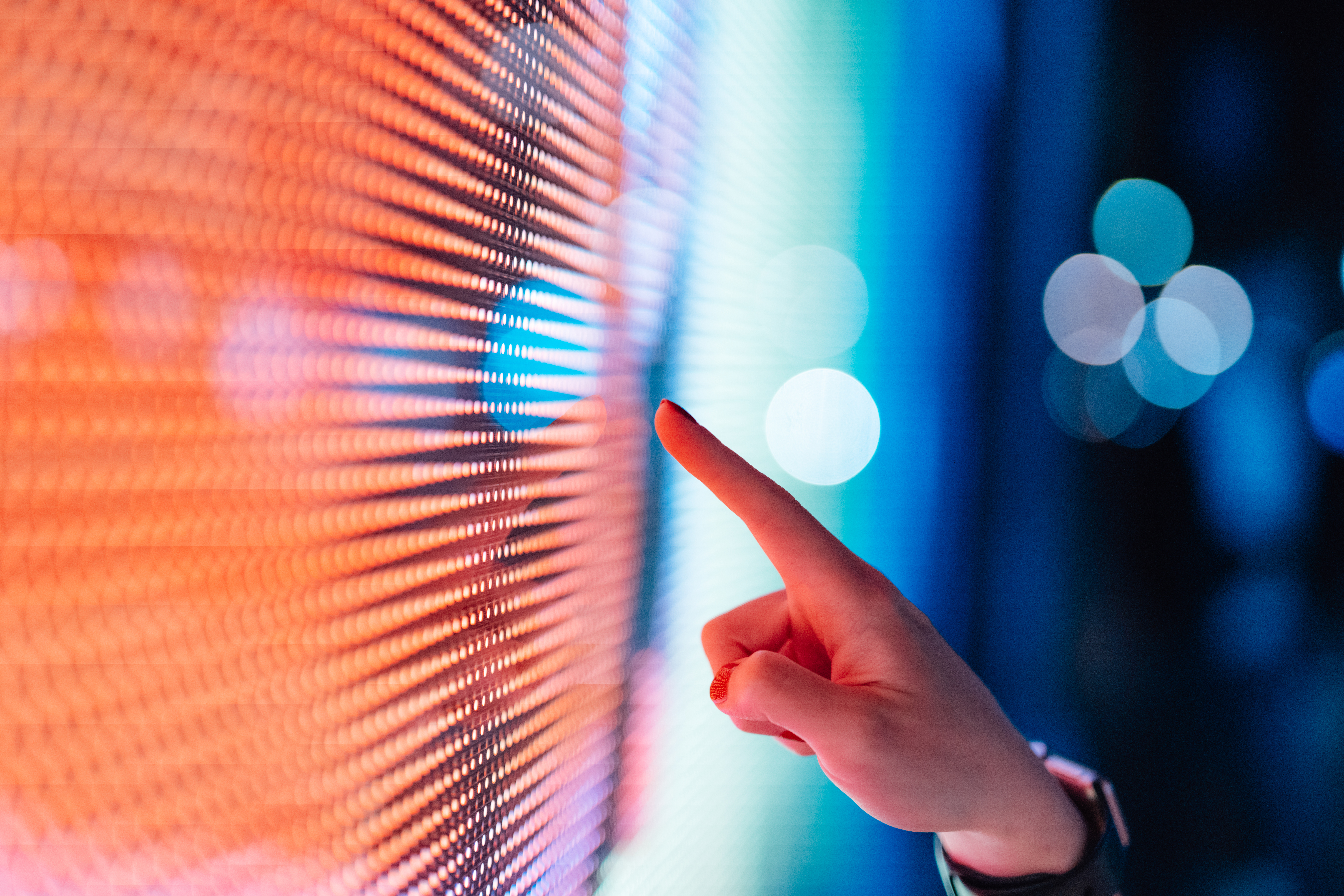
Dubai Design Week 2024
Published 15 November 2024
This year’s landmark 10th edition of Dubai Design Week (November 5-10) saw an international line-up of more than 500 designers and studios descend on the city to showcase innovative and inspiring work. From architectural installations celebrating Indigenous crafts and future-facing material innovations to a new design fair uplifting regional talent, we look at the highlights.
Dubai Design Week 2024



Want to see the full report?
Offering access to over 350 consumer and cross-industry reports annually, Stylus Membership is your window to tomorrow’s most exciting opportunities.
We already arm more than 500 of the world’s most forward-thinking brands and agencies with the creative insights they need to make transformative business decisions.
We’d love to do the same for you.
Book a demo with us today to discover more.
More Reports From Stylus
More Reports From Stylus
Product Design Validations: A/W 25/26
We revisit our three Product Design Directions for Autumn/Winter 2025/26 – Simplicity,











